|
Materials |
Tools |
|
|
|
Estimated Time To Complete |
~ 4 Days to a week |
Before it fell out of style, epoxy furniture and decor were pretty popular and found their way into many homes. At the end of the 1900s, it was pretty trendy because it allowed the synthesis of “classic” wood aesthetics with retro-futuristic colors and shapes. It is fairly easy to make epoxy look like Mediterranean blue seawater, and this made for some very attractive designs. A lava resin table can also make for a strikingly unique design.
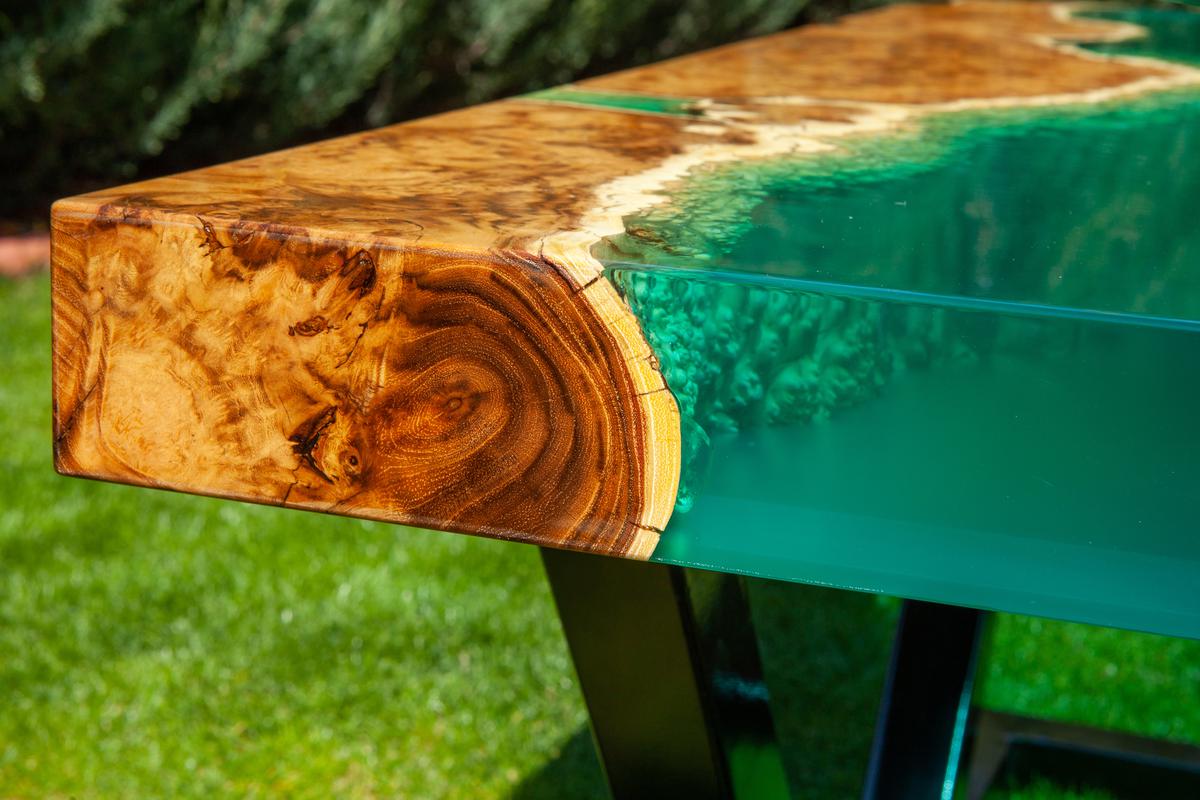
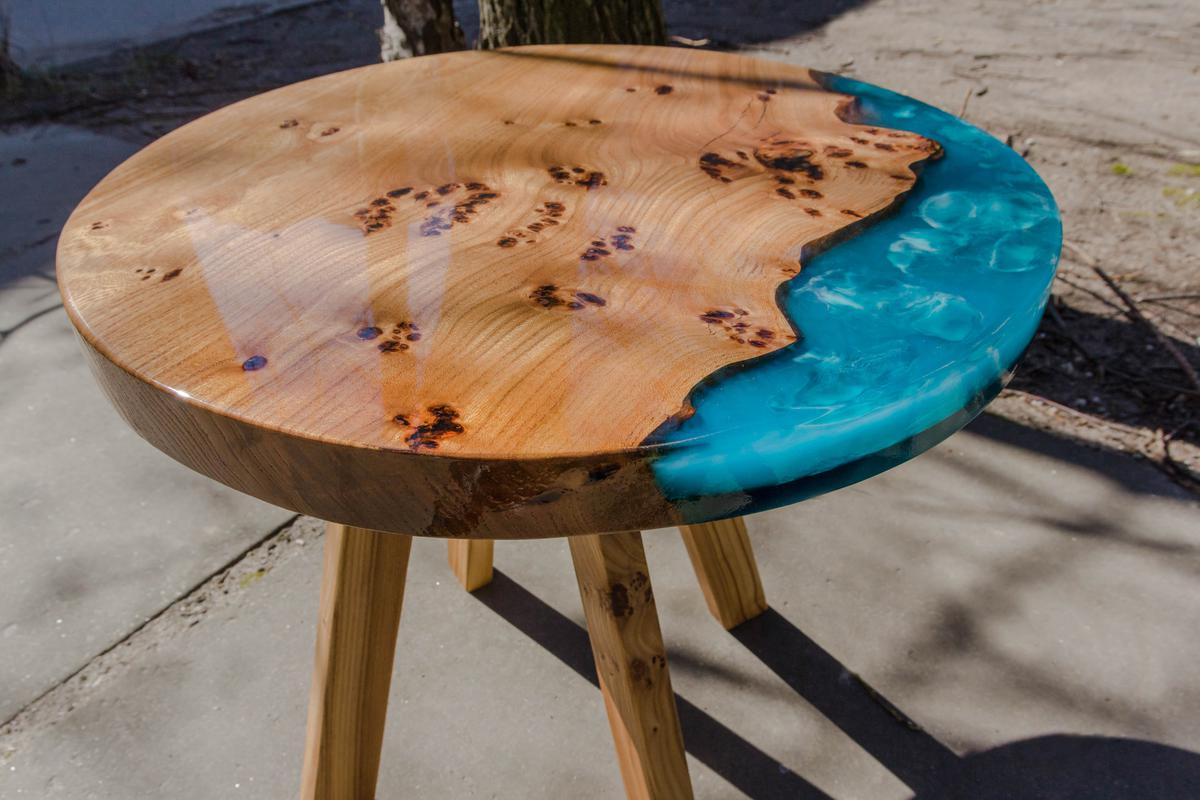
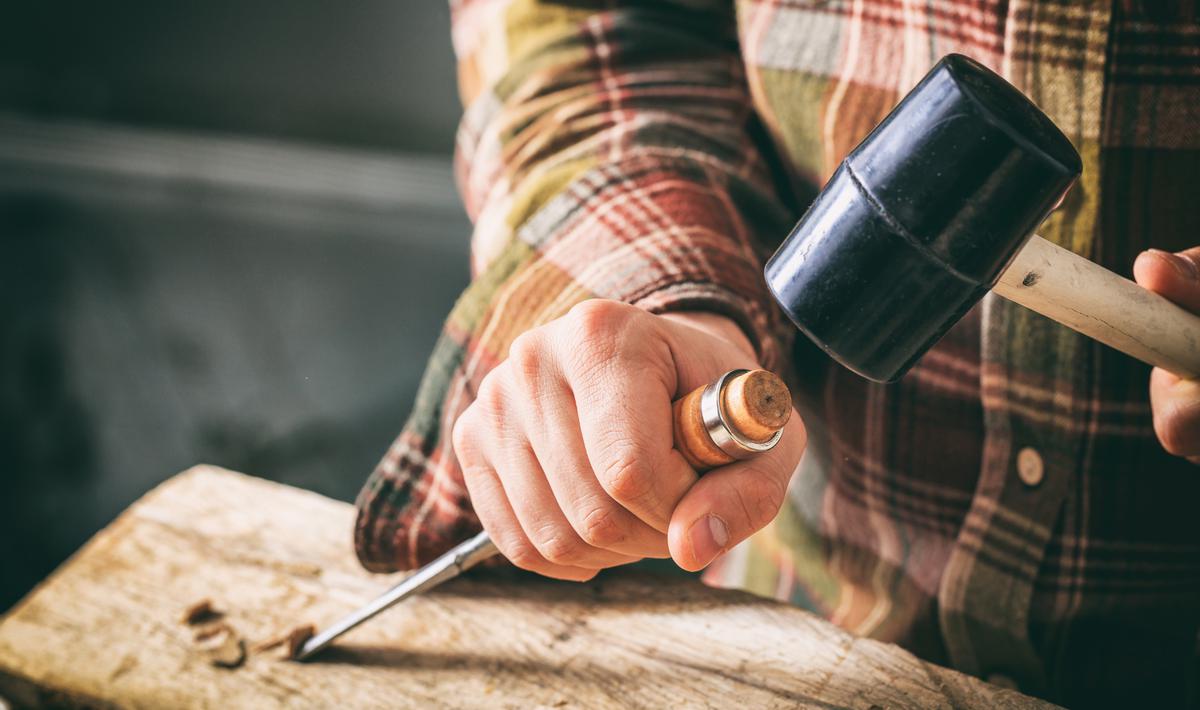
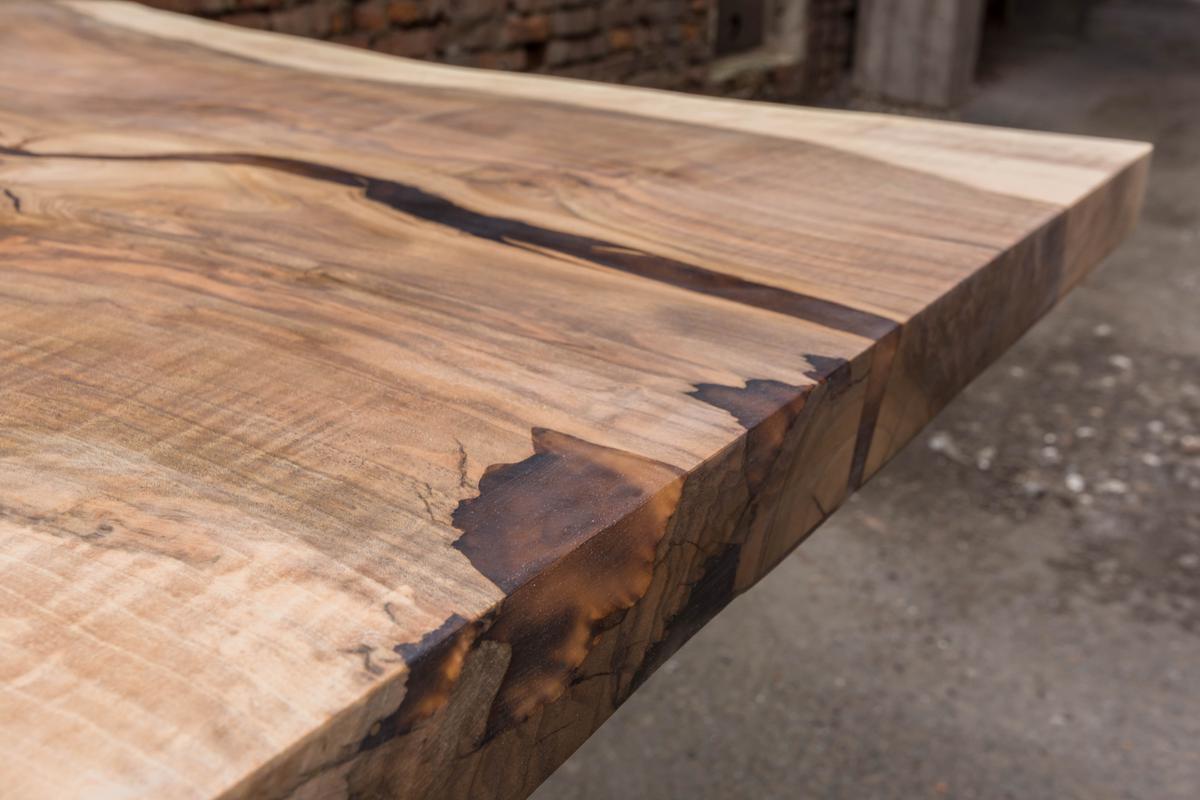
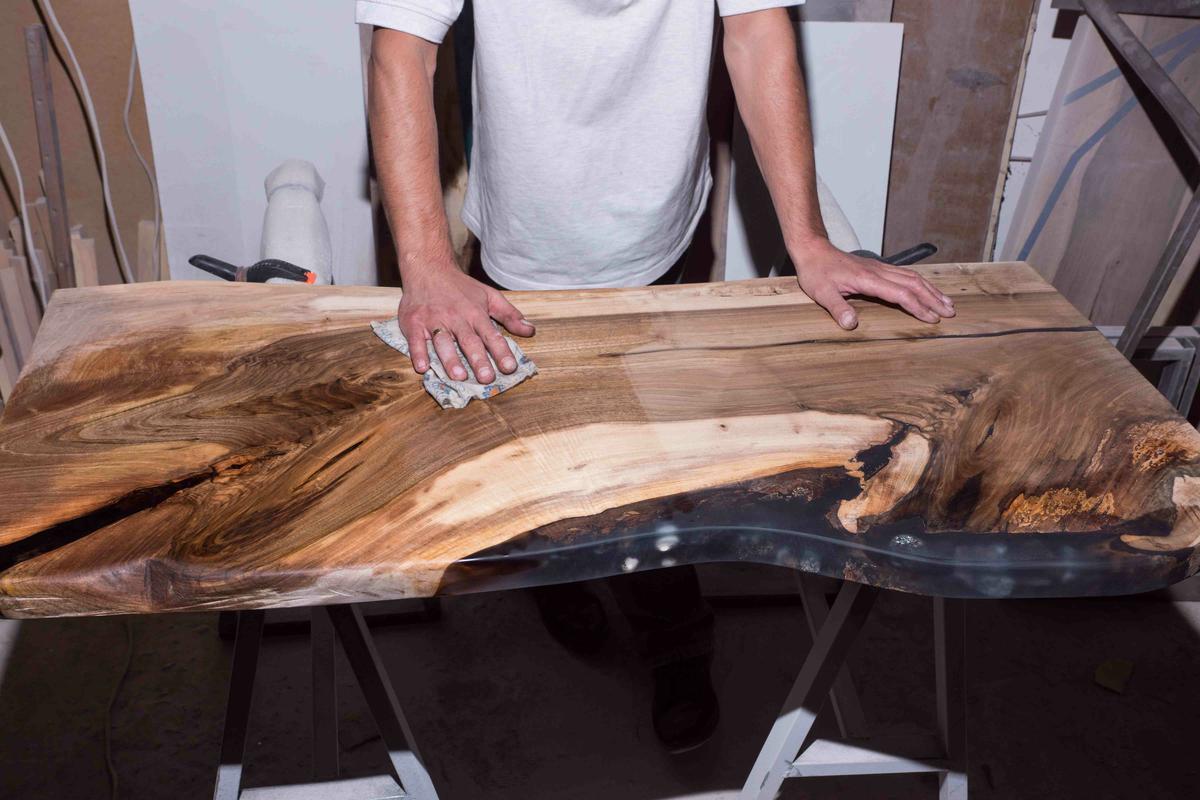

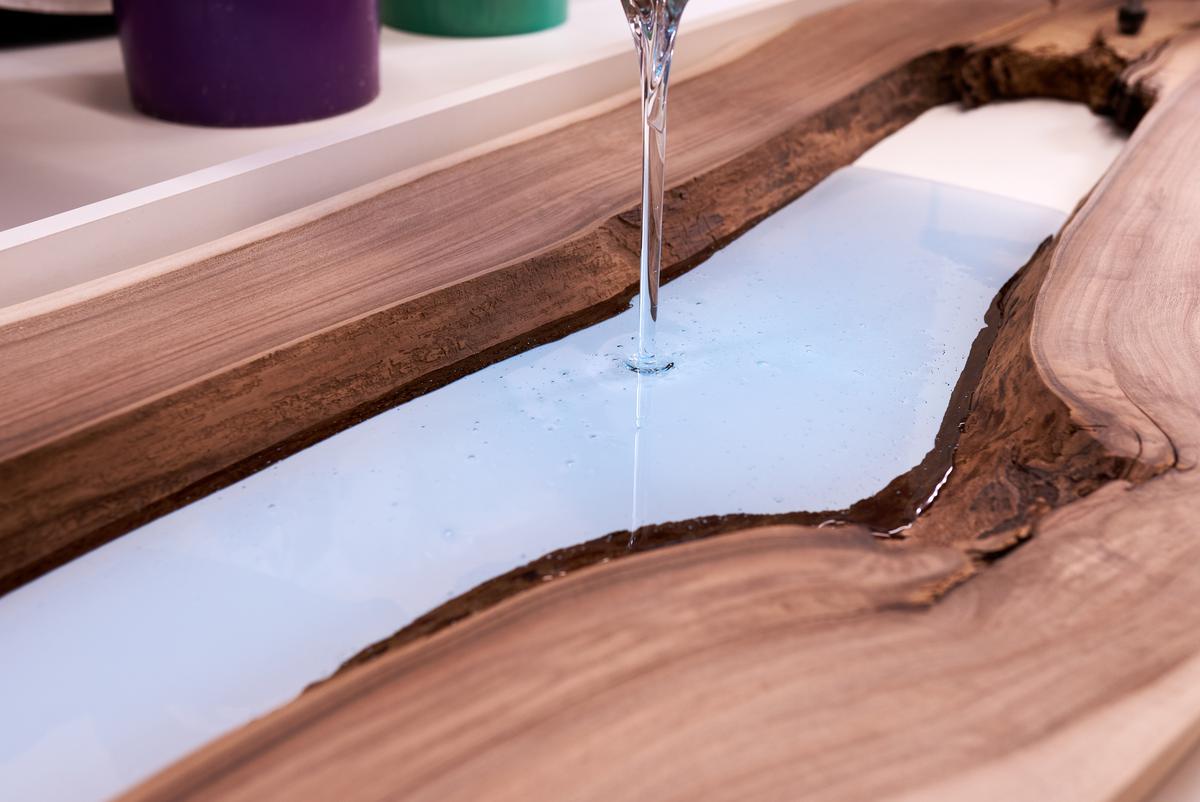
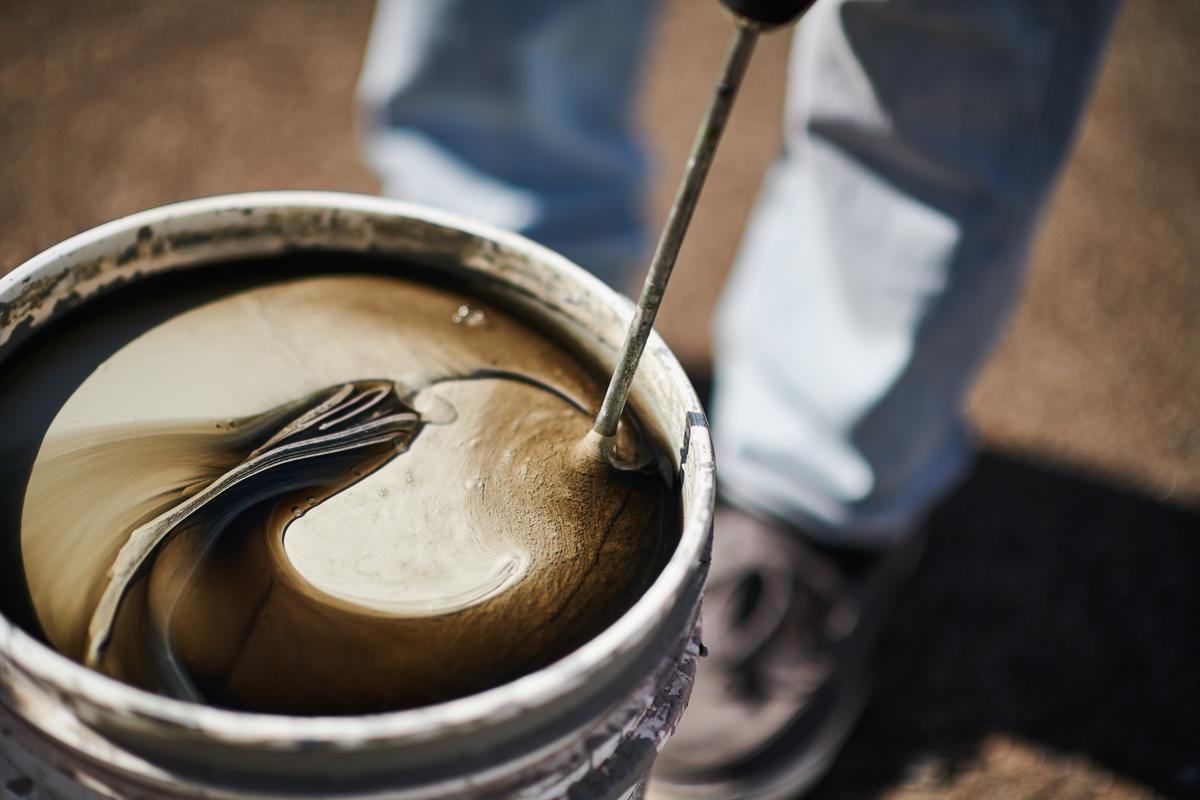
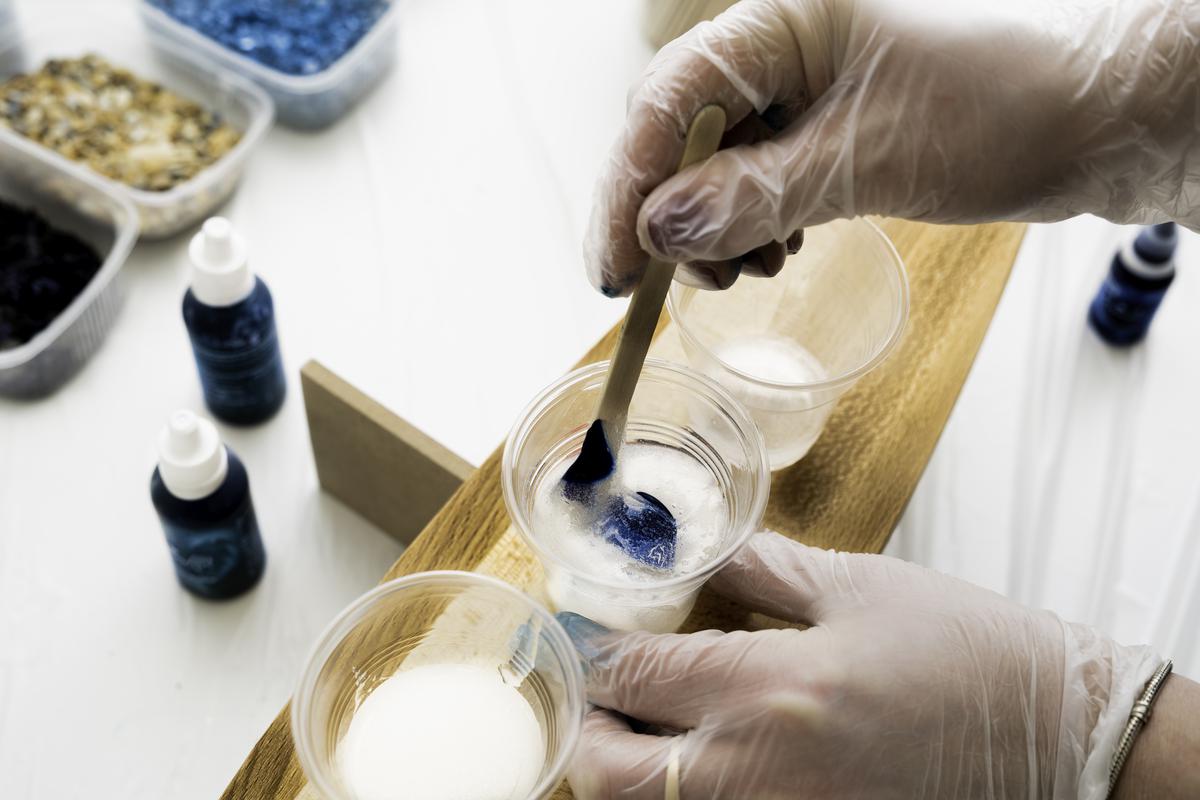
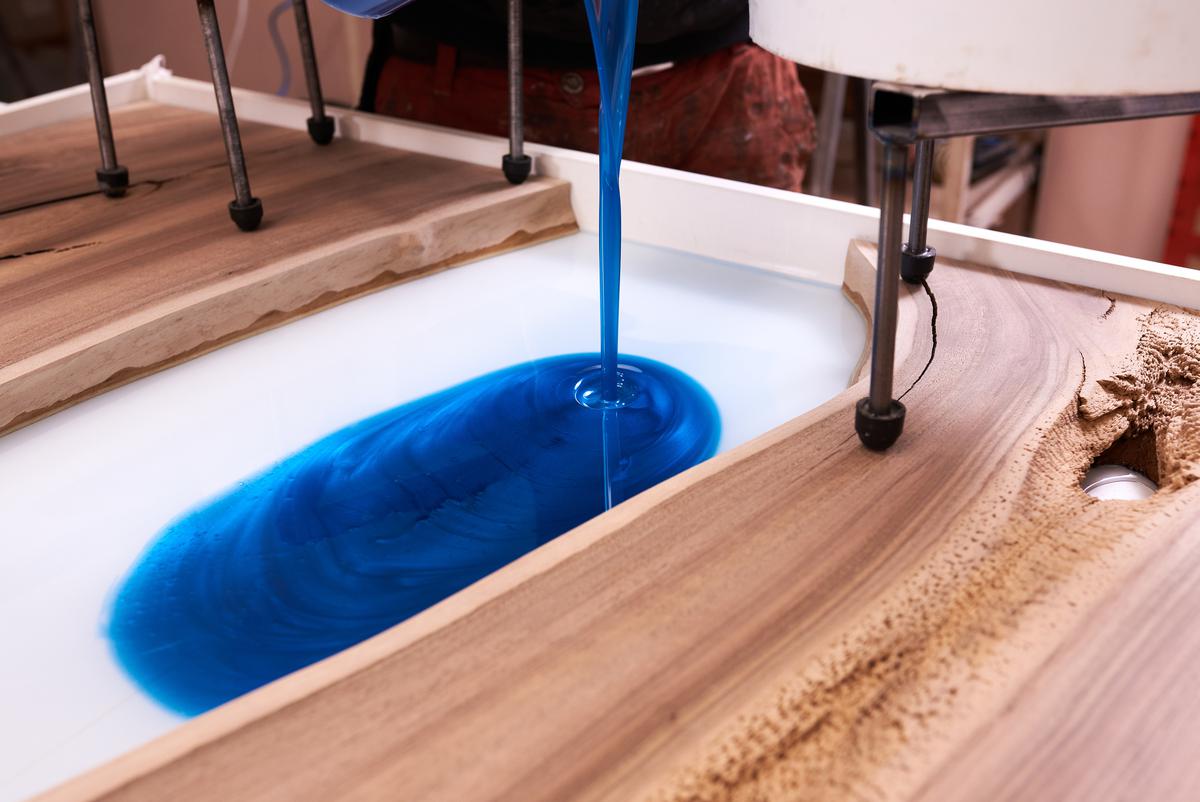
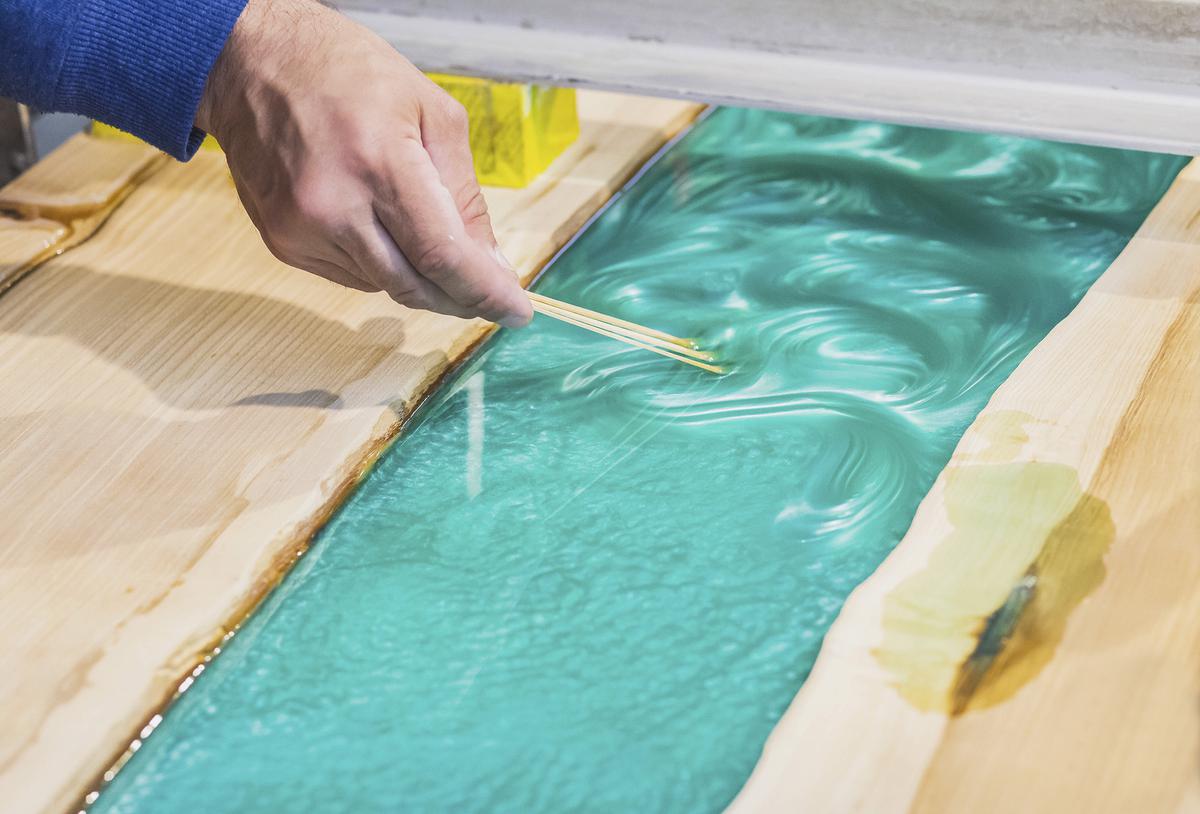
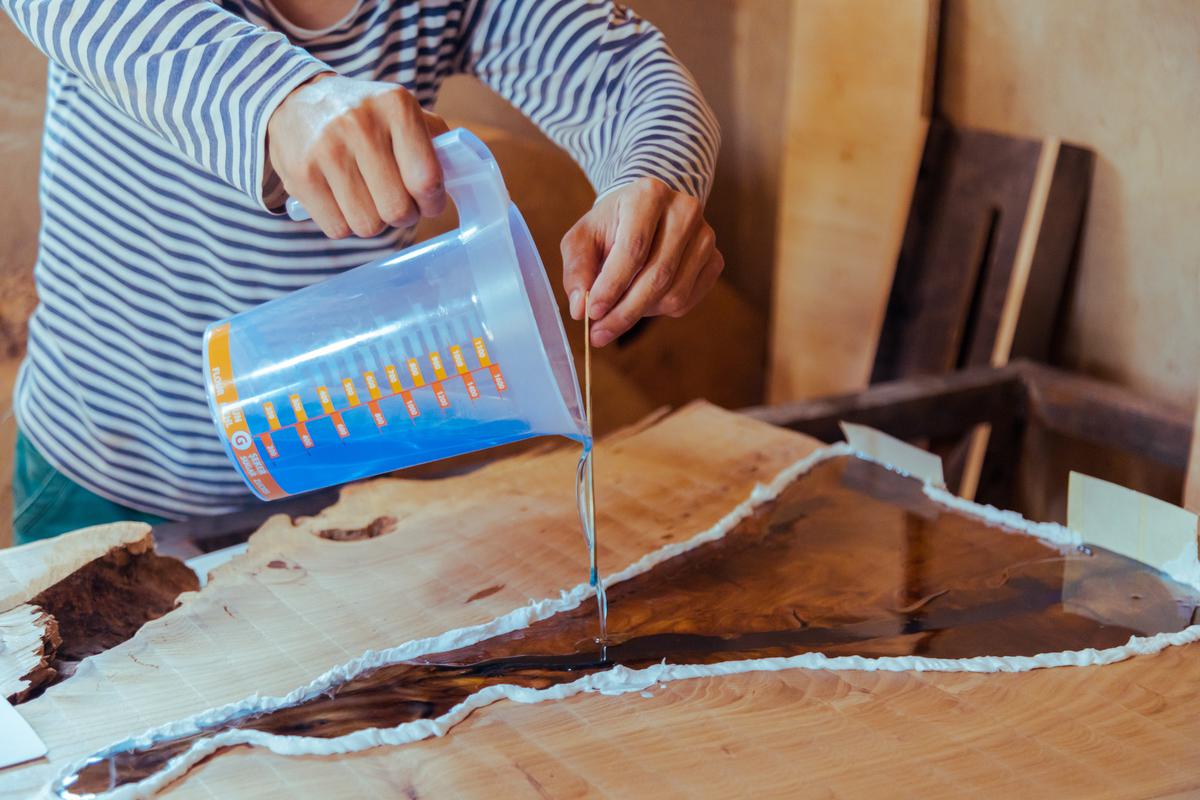
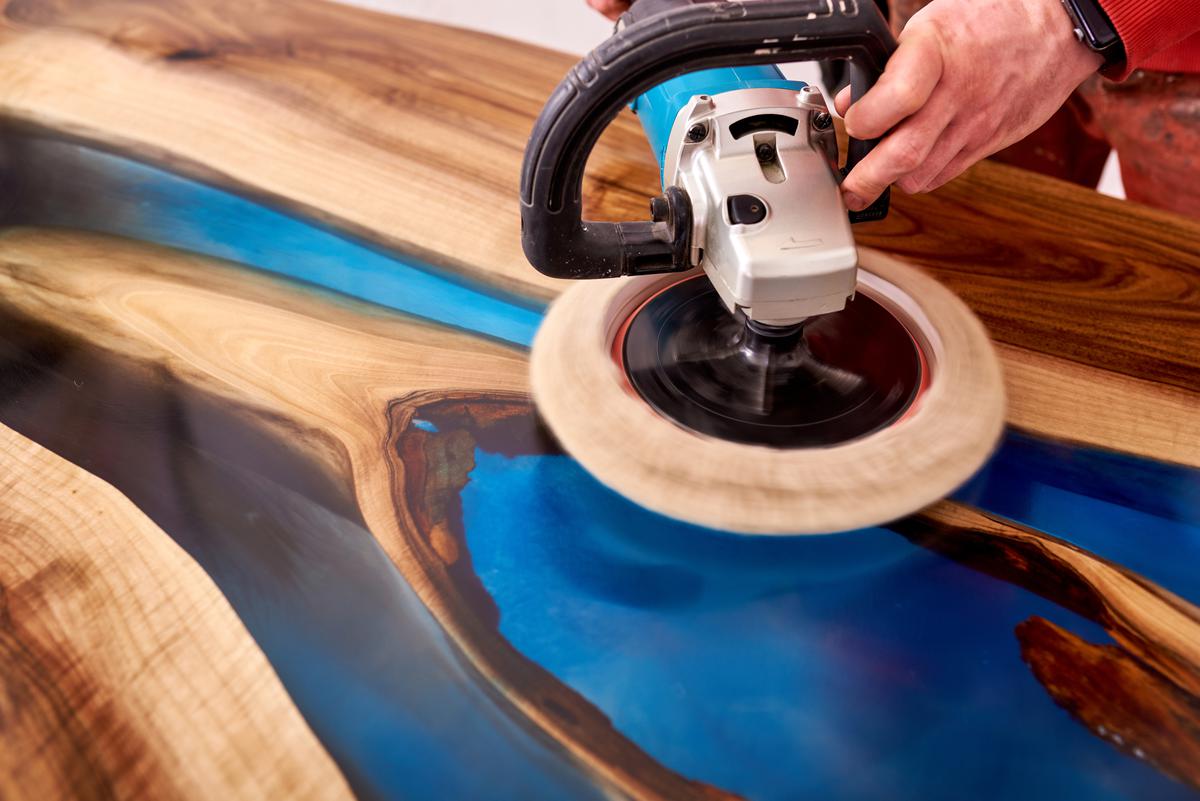



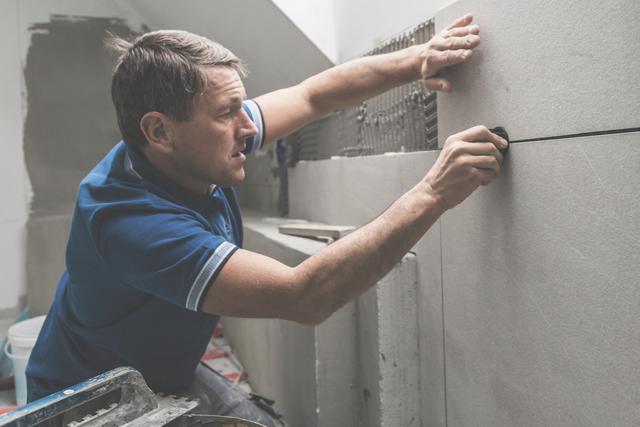
comments